Autoguide Asks: Does The Nurburgring Matter?
Automotive News, not generally known for its “enthusiast content” published a blog about Germany’s famed 13-mile Nurburgring race track, and how car companies are touting their ‘Ring times more and more in their advertising campaigns. We can’t help but wonder how many cars will be sold on that basis, and whether it’s worth paying attention to Nurburgring lap times anymore.
Hit the jump for more
Porsche and Nissan have been baiting one another for a few years over the times of their GTR and 911 sports cars, while Porsche has touted their new hybrid 918 Spyder’s Nurburgring time of 7:20, putting it ahead of the Pagani Zonda and Dodge Viper ACR. Closer to home, Cadillac is fond of touting their 7:59 time, which puts it just inside the “fast” category of sub-8 minute ‘Ring times.
The problem is that Nurburgring times, as a performance benchmark, are next to worthless. A proper comparison would have to test all the cars on a private, closed track, on the same day in similar weather conditions with the same driver being timed with calibrated equipment from an agreed upon start and finish line.
Unfortunately, the runs done by manufacturers couldn’t be more different. Despite the video evidence with a running stop watch, there is no independent observer to vet that these cars aren’t jacked up ringers (no pun intended) and one can’t count on the test driver, likely to be merely happy at getting a shot at such a prestigious gig, isn’t going to rat out the car company. The first reported Nissan GTR time of 7:26 turned out to be on some sort of fancy tires that would never be available on the production version. With stock tires, the time went up to 7:29, dropping it back from being able to “beat” cars like the Corvette ZR-1 or Porsche Carrera GT to being just ahead of the Porsche 911 GT2 (which, ironically, had hotshoe Walter Rohrl behind the wheel and was shod with non-production R-compound tires). As it sits now, companies use different start and finish points, and there’s no reporting of whether a rolling or standing start is utilized. You can imagine the wild difference that will arise from a pretty big difference like not having an agreed upon starting protocol, and we haven’t even gotten to Mother Nature yet.
Jack Baruth, a NASA road racer, sometime Koni Challenge driver and contributor to The Truth About Cars tells Autoguide that differences in temperature have an effect on things like intake temperature, the optimum grip temperature of the tires and how well the brake pads function. On a hot day, there will be less air available for the car to inhale, meaning less power, the brake pads will disintegrate faster and the tires will exceed their optimum grip temperature faster. According to Baruth, a hot day can cost a driver 2-3 seconds on a road course like Mid-Ohio. But on the ‘Ring, the effect is far more pronounced. “The Nurburgring is six times as long as Mid-Ohio,” he says. “Temperature can be an easy 20 second swing in Ring lap times and experienced racers will do whatever it takes to take advantage of that.” That includes tricks like running in the early morning, when it’s a nice, cool 50 degrees out, to eliminate the effect of the scorching heat.
More important than any of the above shop talk is what relevance do Nurburgring times have to you, the consumer. If you said bragging rights, congratulations for being the most honest person in the room. The fact that a Nissan GTR can run the ‘Ring a couple seconds quicker than the Porsche 911 Turbo is a moot point for a few reasons. For starters, if you’re reading this, you are almost certainly not going to be turning blistering times at any road course, let alone “The Green Hell”. And even if you could, your ability to repeat the pro driver’s times on any given day wouldn’t be guaranteed due to the variables discussed in this article.
It’s understandable that car companies want to show off their best creations and what they’re capable of doing. The Nurburgring lap time is an easy heuristic that PR flacks can regurgitate to eager bench racers and intertia-loving journalists and bloggers. The times find their way into message board posts and blog headlines, and a mythology is born. But a more honest and light-hearted descriptor would be the famous ad campaign for the Porsche 911 Turbo in the late 1990’s, seen below. Simple, effective, easily understood.
Leave your comments and tell us what you think on this topic.
[Hat tip: Automotive News]
More by Derek Kreindler



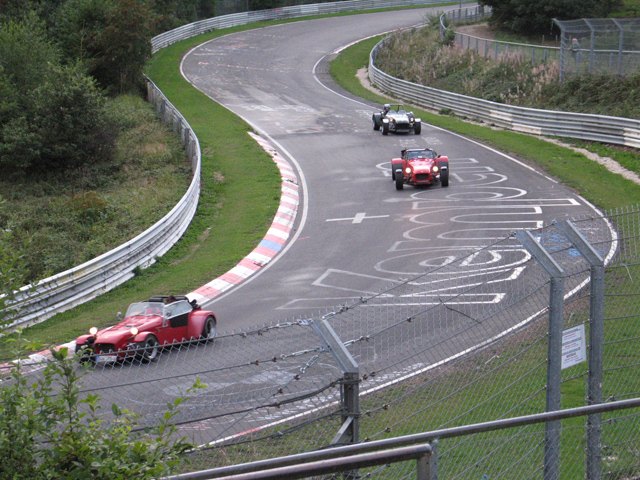














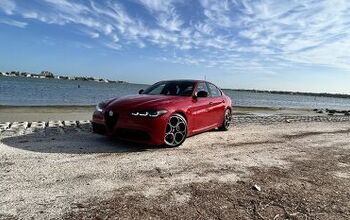


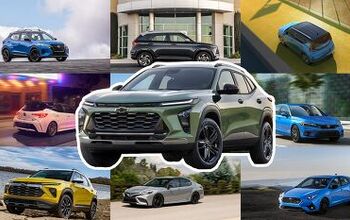

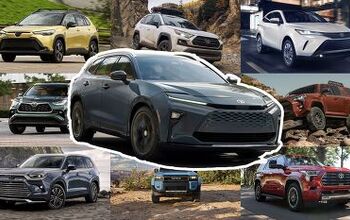
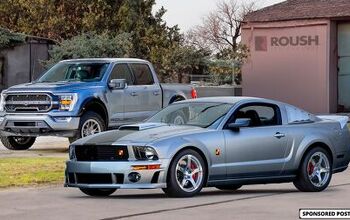








Comments
Join the conversation
Are you aware that a young American race car driver presented a research paper at the 2010 Vehicle Dynamics Expo in Stuttgart, Germany about this very topic? Right now I believe he is the only American to have ever raced in DTM and the first American to race in F2, but he presented a very well thought out and well researched engineering paper about how testing and development at the Nurburgring actually affects modern sports cars.
Of course it "matters," otherwise manufacturers wouldn't be rushing to "tout" their 'ring times and spend time and money tweaking cars to run on it. Frankly, I am much happier that American car manufacturers have finally woken up to the fact that there is more to life than straight line speed (with the exception of Corvettes) and idiotic minivans.